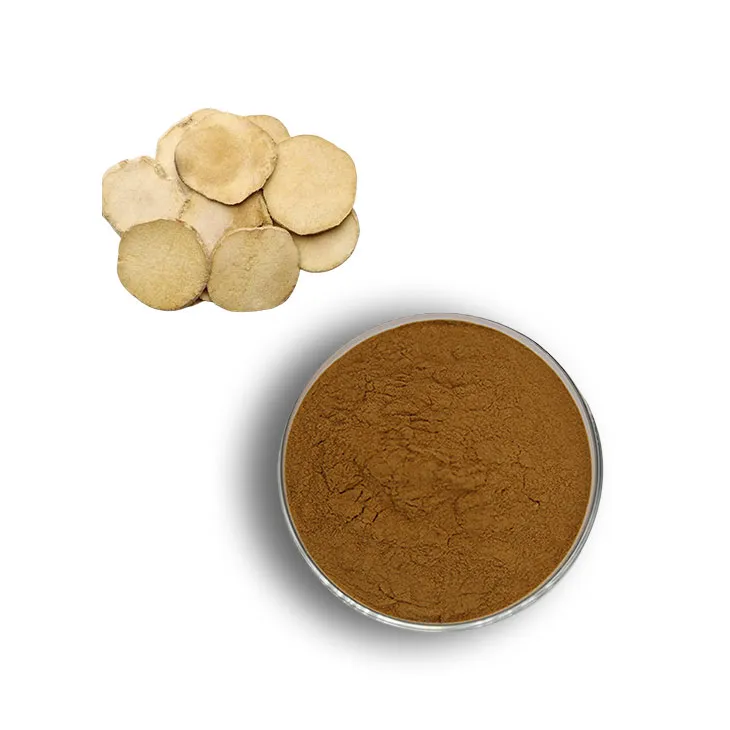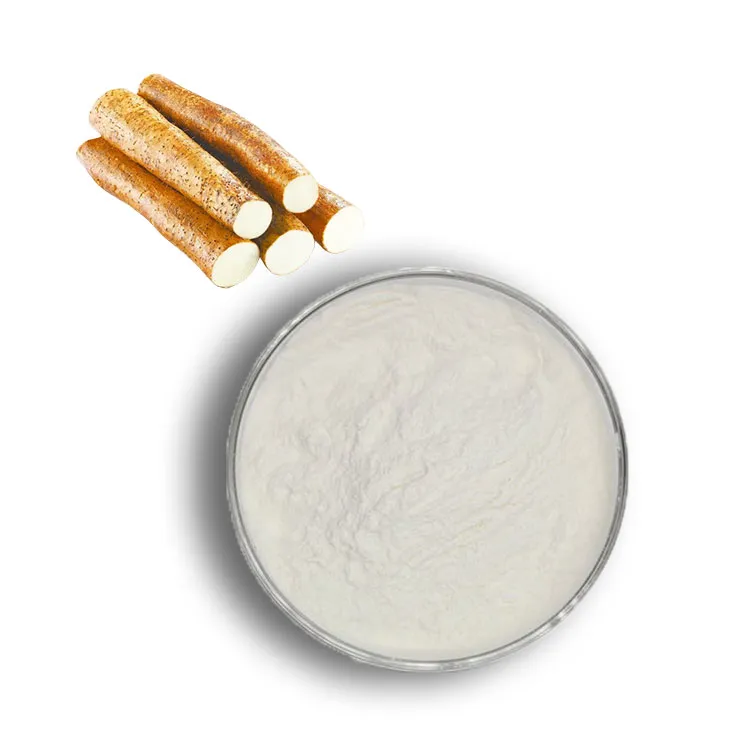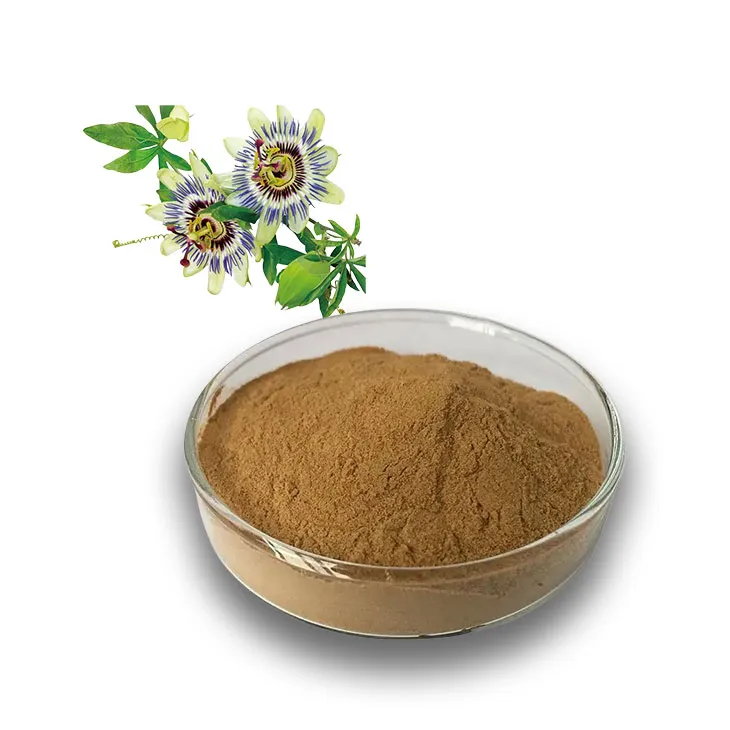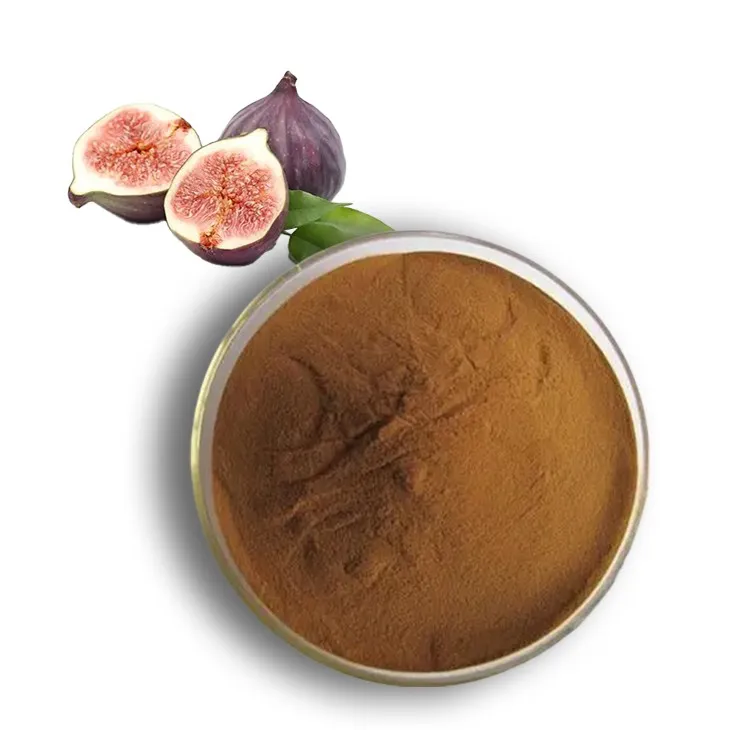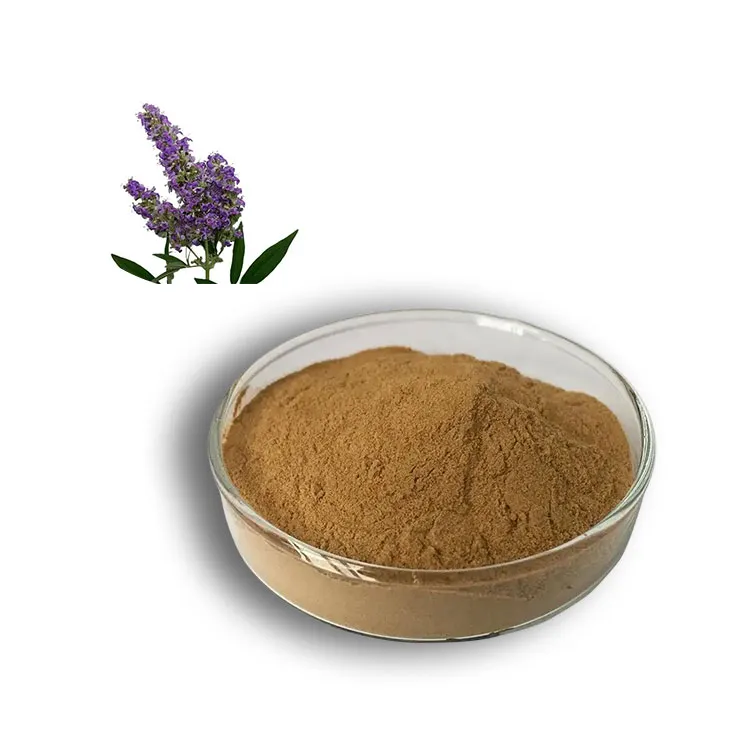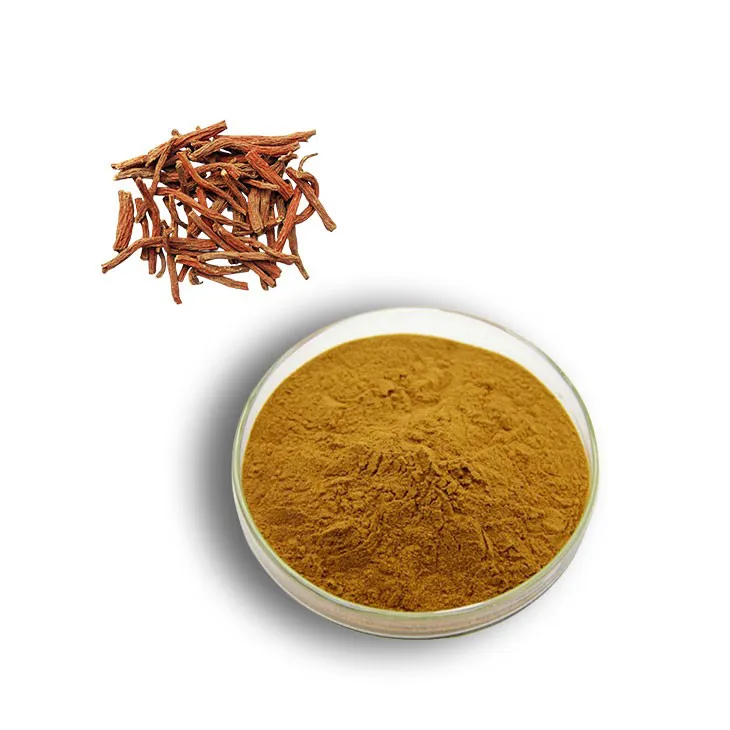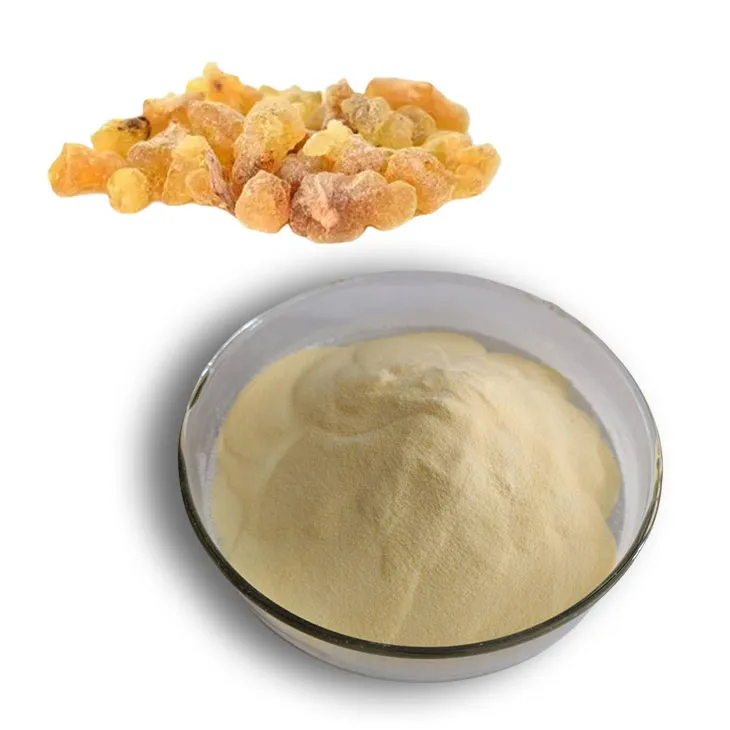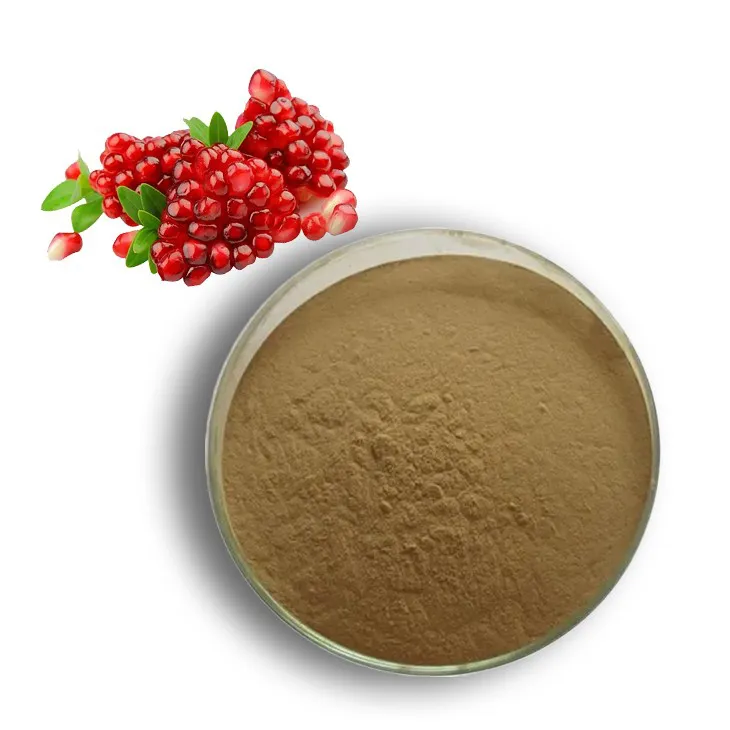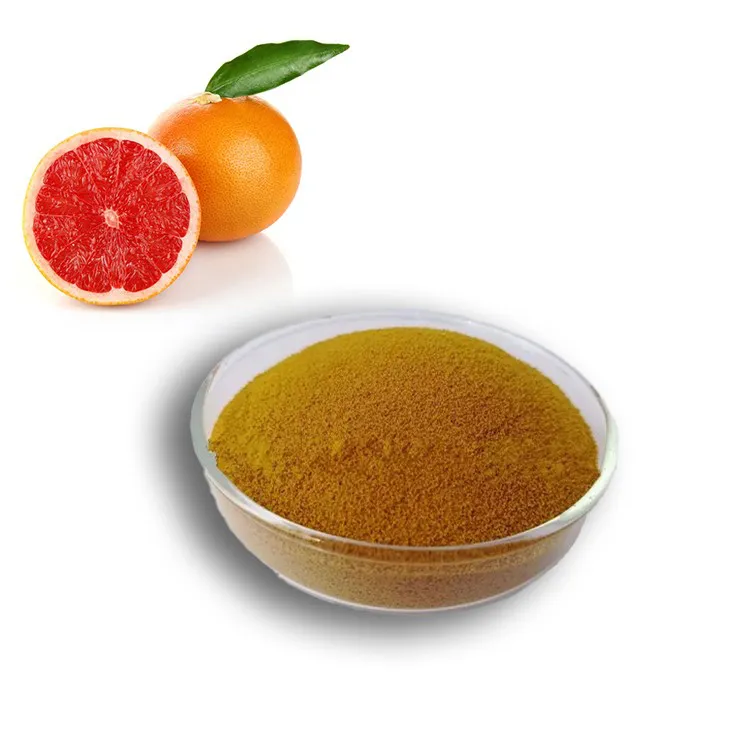- 0086-571-85302990
- sales@greenskybio.com
Common Gut Fungus Offers Hope for Treating Fatty Liver Disease
2025-06-06
For years, the medical community regarded the gut microbiome as having little influence on overall health. Now, new research is upending that view, revealing that a common gut fungus, Fusarium foetens, could be a breakthrough in treating metabolic-dysfunction-associated fatty liver disease (MAFLD), one of the world’s most common and dangerous liver conditions.
Despite affecting more than one in four adults globally, MAFLD has limited medical solutions: only one FDA-approved drug exists, and its effectiveness is often underwhelming. However, scientists are now discovering how Fusarium foetens—previously overlooked—can dramatically reduce the inflammation, scarring, and fat accumulation in the liver that lead to this disease.
A Symbiotic Path to Health
This research underscores how human health is deeply connected to the trillions of microbes living within us. While large pharmaceutical companies continue to focus on expensive drug therapies, evidence increasingly suggests the most effective solutions may be found among microorganisms ignored by modern medicine.
Key Findings on Fusarium foetens and Liver Health- Fusarium foetens, a common gut fungus, demonstrates a powerful ability to reverse fatty liver disease by decreasing liver inflammation, fibrosis (scarring), and fat buildup.
- MAFLD, which affects over 25% of adults worldwide, is poorly served by current medications, leaving a sizable gap in treatment.
- Gut fungi have long been overlooked due to their complexity, but advances in lab techniques now reveal their significant influence on metabolic health.
- F. foetens helps fight the disease by blocking ceramide synthase, a crucial enzyme involved in fat production the liver.
- Modern factors like overuse of antibiotics, reliance on processed foods, and urban living decrease microbial diversity, which may intensify metabolic disorders.
Understanding the Gut-Liver Connection
The liver is the body’s primary organ for detoxification, relying constantly on signals and byproducts from the gut. When the gut’s microbial balance is disturbed, the liver is overwhelmed with inflammatory stimuli, leading to fat build-up and damage—often to irreversible scarring.
Historically, research has centered on gut bacteria. But in a recent study lead researcher Changtao Jiang and his team developed a special cultivation system that replicated gut, allowing them to isolate F. foetens as dominant fungus in the oxygen-poor intestinal tract.
When mice on a high-fat diet received F. foetens just two weeks, their liver fat, inflammation, scarring dropped sharply—even without any weight loss. The fungus was shown to inhibit ceramide synthase, significantly reducing the harmful fat that drives fatty liver disease. When the was overproduced in, the disease worsened; blocking it—either through the fungus or genetic methods—led to dramatic improvements in liver health.
Nature vs. Pharmaceuticals
While pharmaceutical companies rush to produce proprietary drugs for fatty liver disease, this research reveals a more natural might already exist. The current FDA-approved therapy, resmetirom, provides only modest benefits and comes with side effects, leaving a large gap in care. By contrast, F. foetens works by restoring natural metabolic balance in the bodyKim Lewis, a microbiome researcher at Northeastern, described the discovery as “unexpected,” emphasizing how little is currently understood the helpful roles of gut fungi. “We never knew these fungi could help fight human diseases,” Lewis notedHowever, aspects of modern life—like urbanization highly processed diets, and routine antibiotic use—continue to erode the diversity of helpful microbes in our guts. “Urban residents typically show lower microbiota diversity compared to those in rural areas,” Jiang explained, pointing to environmental shifts as contributors to the increase in metabolic disease.
Looking Ahead: Will Medicine Embrace Micro Approaches?
With human trials on the horizon, this research could fundamentally shift how fatty liver disease is treated. If F. foet proves and effective in people, it could prompt medicine to move away from pharmaceutical dependence toward more natural, microbiome-centered strategies.
The question remains whether the industry—largely invested in patented drugs—will embrace a solution in an organism found naturally in the gut. For, this research points to a hopeful new: leveraging our microbial allies, rather than sidelining them, may hold the key overcoming one of the century's fastest-growing diseases.
- ▶ Hesperidin
- ▶ citrus bioflavonoids
- ▶ plant extract
- ▶ lycopene
- ▶ Diosmin
- ▶ Grape seed extract
- ▶ Sea buckthorn Juice Powder
- ▶ Beetroot powder
- ▶ Hops Extract
- ▶ Artichoke Extract
- ▶ Reishi mushroom extract
- ▶ Astaxanthin
- ▶ Green Tea Extract
- ▶ Curcumin Extract
- ▶ Horse Chestnut Extract
- ▶ Other Problems
- ▶ Boswellia Serrata Extract
- ▶ Resveratrol Extract
- ▶ Marigold Extract
- ▶ Grape Leaf Extract
- ▶ blog3
- ▶ Aminolevulinic acid
- ▶ Cranberry Extract
- ▶ Red Yeast Rice
- ▶ Red Wine Extract
-
Alisma Extract
2025-06-06
-
Yam Extract
2025-06-06
-
Buckthorn bark extract
2025-06-06
-
Passionflower Extract
2025-06-06
-
Fig Extract
2025-06-06
-
Chasteberry Extract
2025-06-06
-
Dan Shen Root Extract/Salvia Root Extract
2025-06-06
-
Boswellia Serrata Extract
2025-06-06
-
Pomegranate Extract
2025-06-06
-
Grapefruit Seed Extract Powder
2025-06-06











